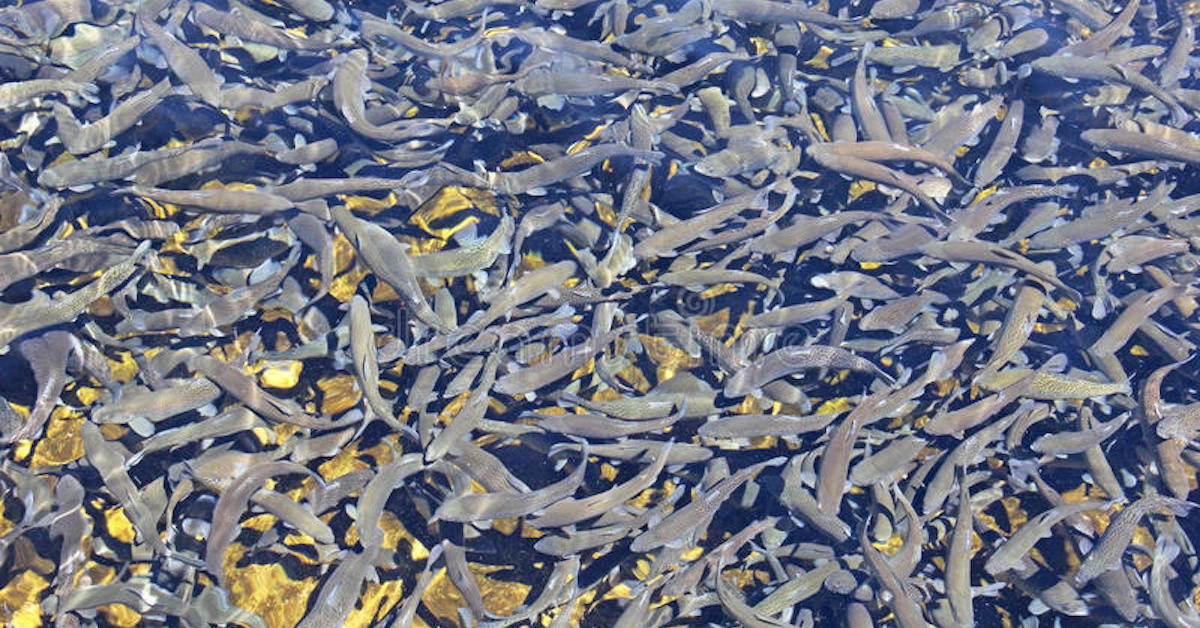
Stocking fish in you new or existing pond is the best way to get your species and densities where they should be. Not all stocking is considered equal though. You will want to contact a licensed fish farm for your stocking needs. Purchasing fish this way will help ensure you are getting the proper species, good fish health, and the genetic mix you are looking for.
Unlike with Quality Deer Management where deer can come and go, you have a bit more control over the genetics in your pond, especially if you are starting from scratch. You pond is a relatively closed system so you can do some genetic selection.
Most stocking is done with juvenile fish of the various species, called fingerlings. Fingerlings are less expensive to stock and the high quantities introduced help ensure you will have a robust population. Getting the right mix is important so there is enough forage to support growth.
If you already have fish in your pond and are looking to do supplemental stocking, it is a good idea to figure out what is currently in the pond. Electrofishing is a great way to determine the species, age and size ranges of the fish, as well as the overall density of fish. This is important to develop a proper stocking plan.
You do not want to stock from unknown or wild sources. You not only have a high chance of introducing both species and diseases you do not want in your pond, but there are also laws that make this illegal in most cases.
When purchasing fish to stock, make sure you have the details of your pond (size, depth, current species and density) in mind before determining what you will want to stock. You can do periodic small stocking of fish or large scale stocking all at once. Your fish farm or lake manager will be able to guide you in what is best for your pond and help you formulate the best stocking plan of action.
Stocking plans can vary, but all will take into account forage fish, prey species, and predator species and should be related to the overall water volume and carrying capacity of your pond. A good practice is to start with forage species prior to stocking your game fish. A year head start will give many forage species of fish several breeding cycles to boost populations, giving your game species plenty to each once they are introduced.
Balance upon stocking is critical as fish will grow and reproduce. The right balance of predator/prey will ensure your pond can sustain itself with little interaction. Too high or low of densities and/or the improper balance will create problems and cause the time required to manage the pond and fish populations to increase exponentially. It may look like you are only dumping in a few fish, especially when stocking fingerlings, but in the right situation, the fish will grow rapidly and being reproducing, sometimes in as little as 1 year of stocking adding new generations to your pond.